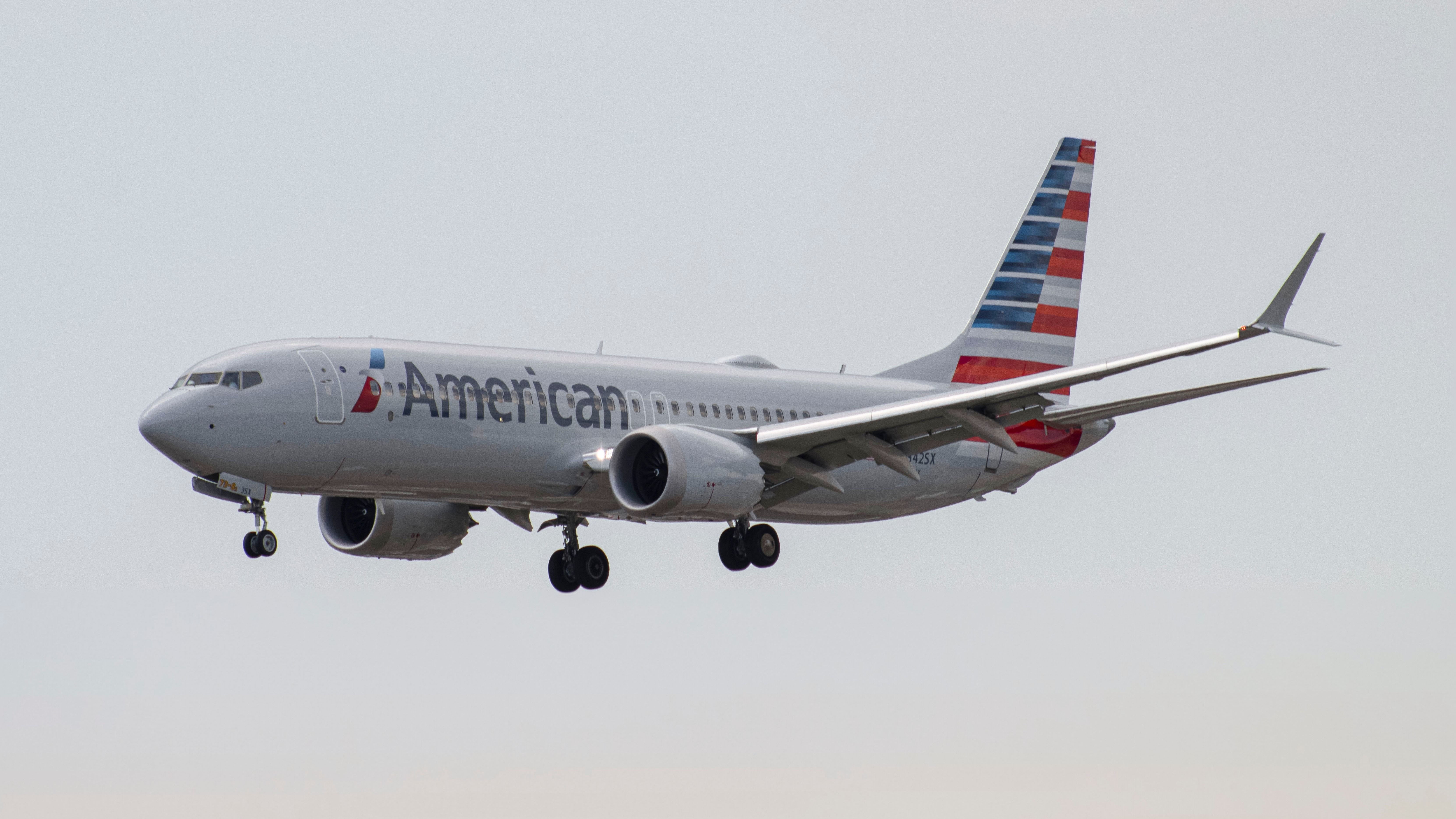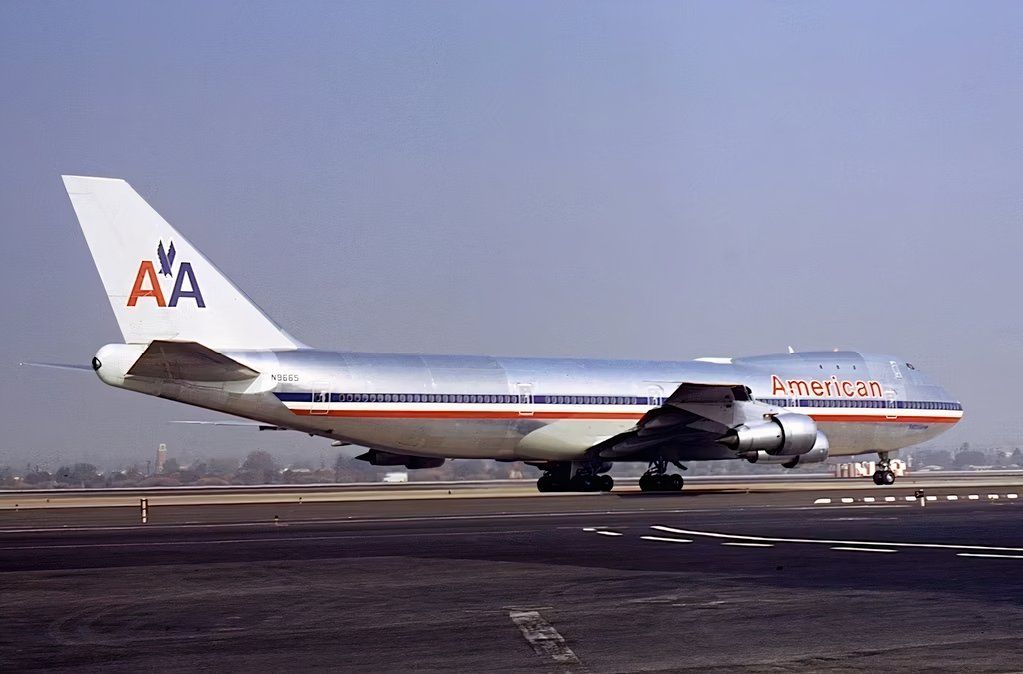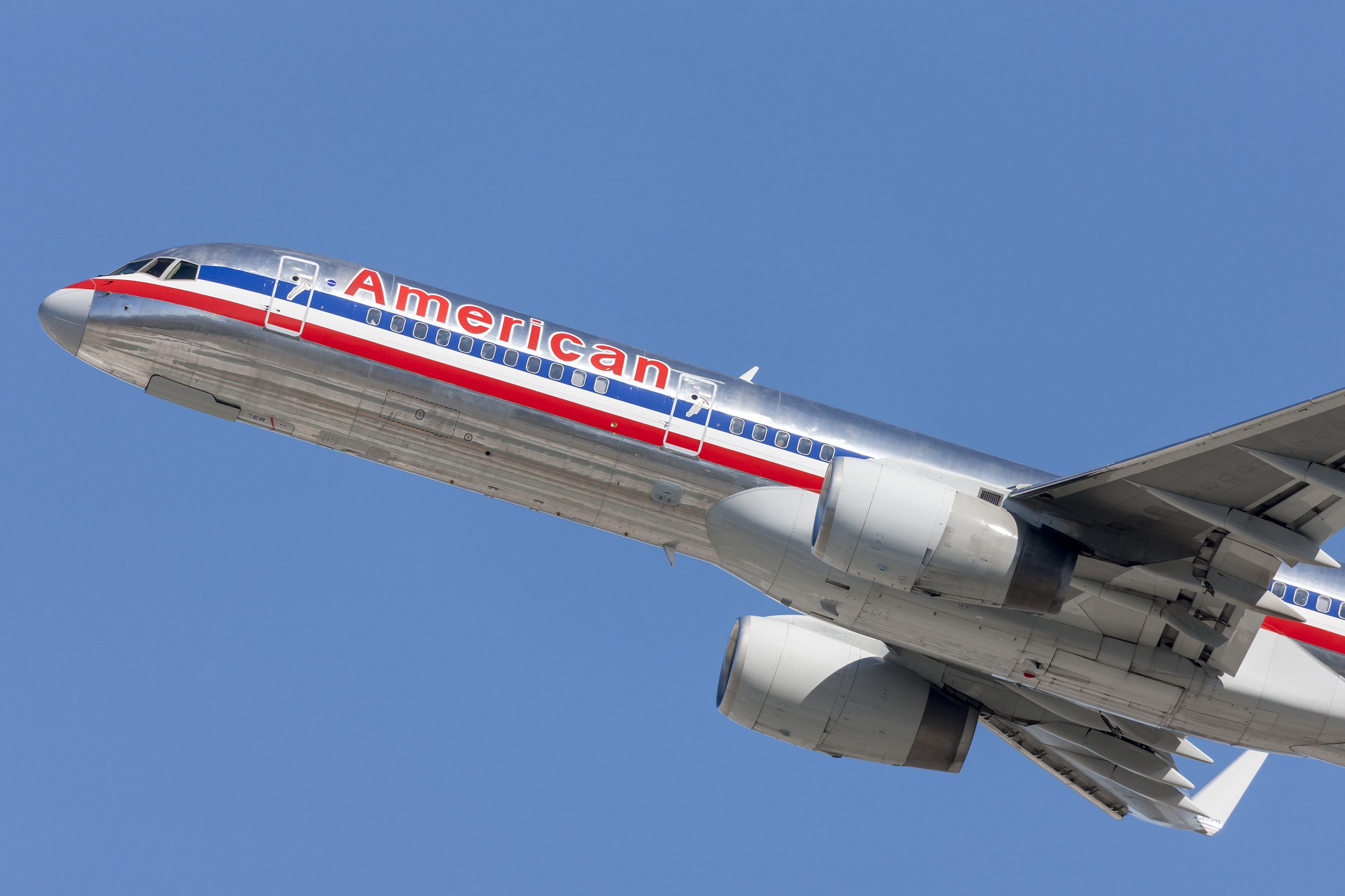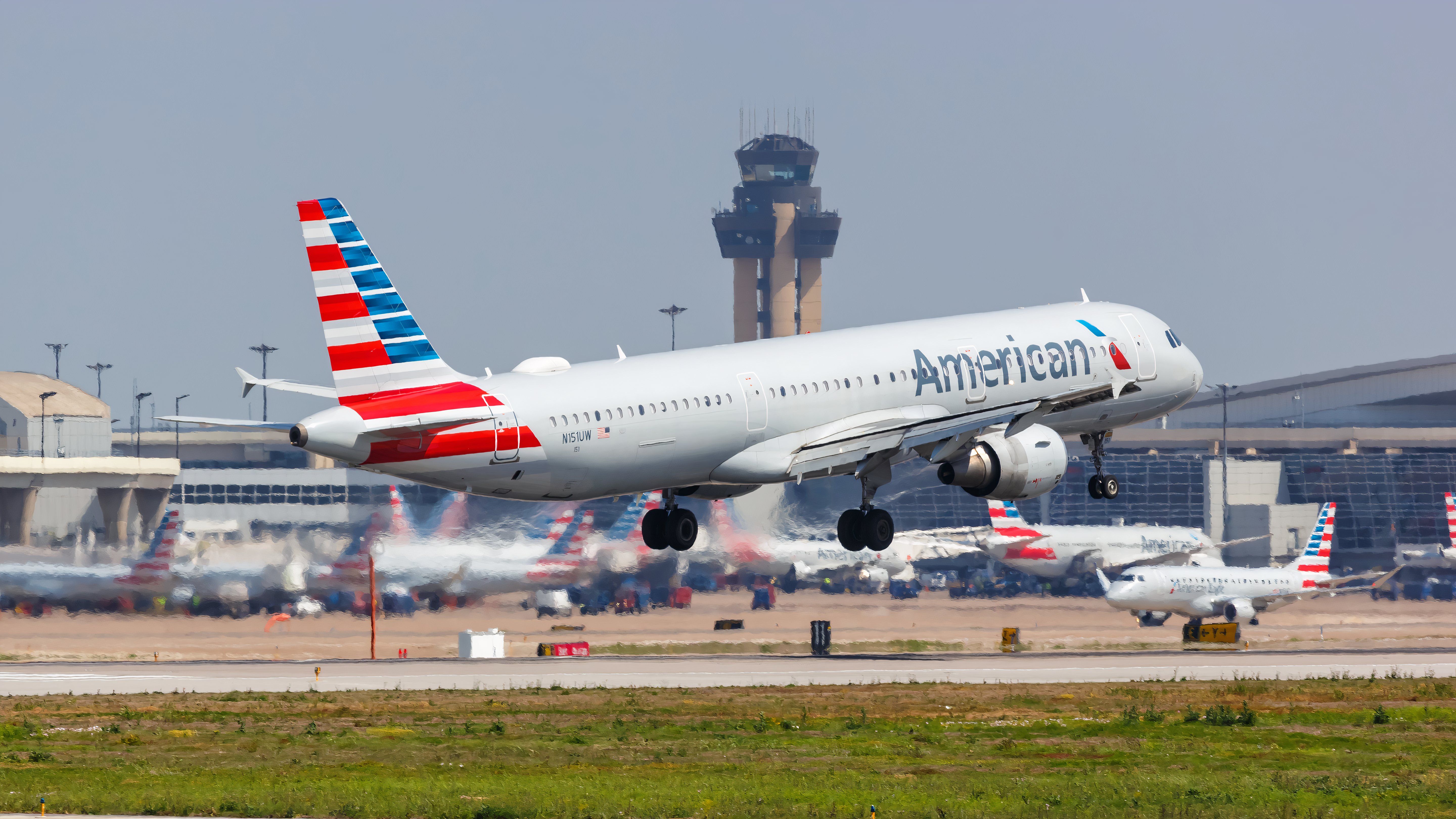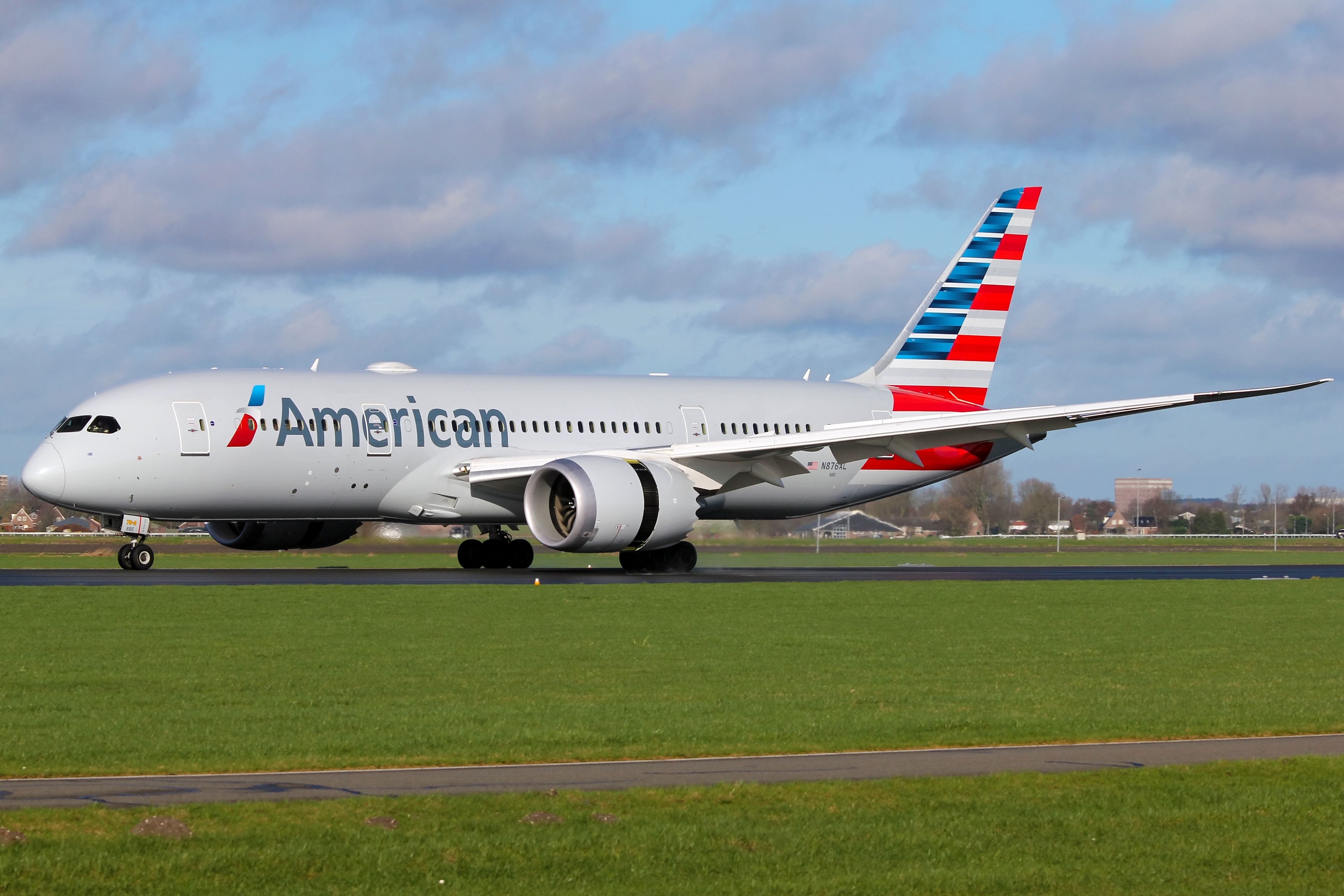Summary
- The AAdvantage program remains the world’s largest, with over 100 million members as of May 2024.
- AAdvantage offers miles that can be used to book award flights and attain elite status, and the program partners with various travel-related companies.
- American Airlines adapted its loyalty program to match market dynamics, pioneering new initiatives affecting the industry.
The AAdvantage program, launched on May 1st, 1981, became one of the first airline loyalty programs to be founded, following the 1979 launch of the first one from Texas International Airlines. As of May 2024, American Airlines’ primary frequent flier program remains the world’s largest, with more than 100 million members.
The AAdvantage program has continued to shape the airline loyalty landscape over the decades. It offers members the ability to accrue and redeem miles, which can be used to reserve tickets, upgrade their class of service, or obtain discounted and free bookings with several different travel-related companies. The program also offers the most dedicated members the opportunity to earn elite status, which opens the door to even more rewarding benefits.
Photo: BravoKiloPhoto | Shutterstock
However, the story of how the carrier created the largest loyalty program of any airline today is incredibly complex, shaped by the various mergers and acquisitions that built up today’s American Airlines. In this article, we will explore the history of the AAdvantage program, tracing its roots to how it grew to be as large as it is today.
Foundation and early years
In the 1970s, the commercial aviation industry was strictly controlled, with regulatory boards controlling everything from where airlines could fly to how many seats they could have in each class of service and what fares they could charge. Overwhelmingly, regulatory commissions completely disallowed loyalty programs, preventing airlines from ever expanding them.
All of that changed, however, in 1978, when the Airline Deregulation Act completely shattered the industry’s traditional business practices and incited a wave of intense competition among carriers. Texas International Airlines was the first airline to land upon the idea of a loyalty program, but American followed shortly after with the launch of the AAdvantage program in 1981.
The original idea behind a loyalty program was no different from the traditional punch card offered by one’s local ice cream shop. Passengers who flew enough times on the airline by paying for their flights would eventually be entitled to a free flight, which would eventually become known as “loyalty fare.”
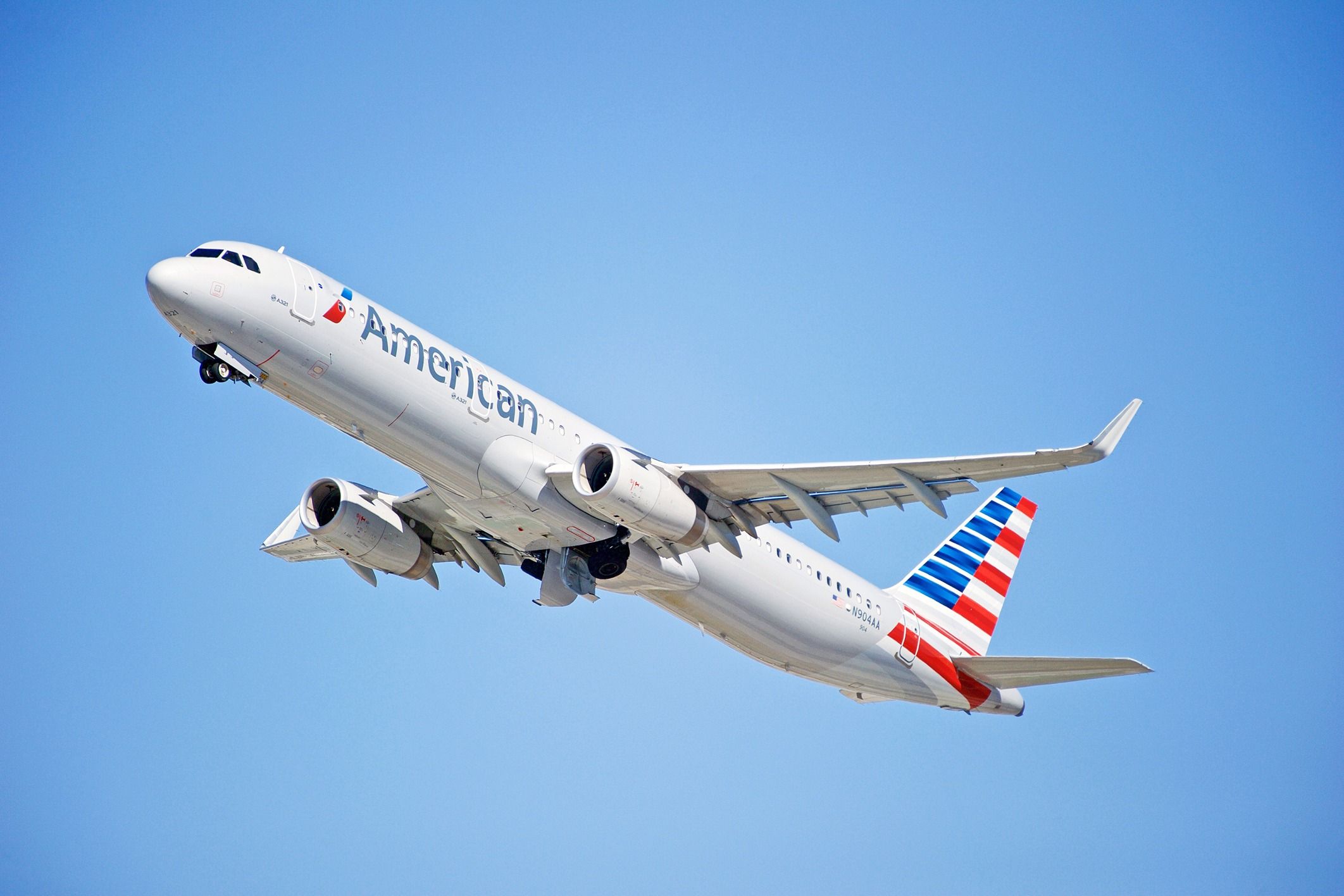
Related
5 Clever Ways To Use American Airlines AAdvantage Miles
Travelers can redeem miles for luxury business class products on partner airlines.
Initially, the program was rolled out to a select group of high-spending frequent fliers, with the first group of members enrolled in part from a list of Admirals Club members. The program’s name was intended to align with the carrier’s branding, featuring the trademark “AA,” which was designed by Massimo Vignelli.
Photo: Ryan Fletcher | Shutterstock
United Airlines launched its popular MileagePlus program in May 1981, with a few unique aspects that many carriers quickly replicated. With new competition, the AAdvantage program was forced to adapt its product offerings while expanding its relationships with hotel and rental car companies.
The carrier began to offer its own signature products, such as free inflight beverages. The AAdvantage program also became the first such loyalty initiative to collaborate with an overseas airline, allowing members to earn and redeem miles on flights to Europe with British Airways.
A wholesale shift
This rapid growth of frequent flier programs drastically changed airline marketing, leading carriers to begin vying to attract new passengers and maintain old ones through various programs. American Airlines tackled the challenges of the new competitive environment head-on, creating a program that prioritized flexibility and partnerships with popular companies to create a scheme of dynamic benefits for members.
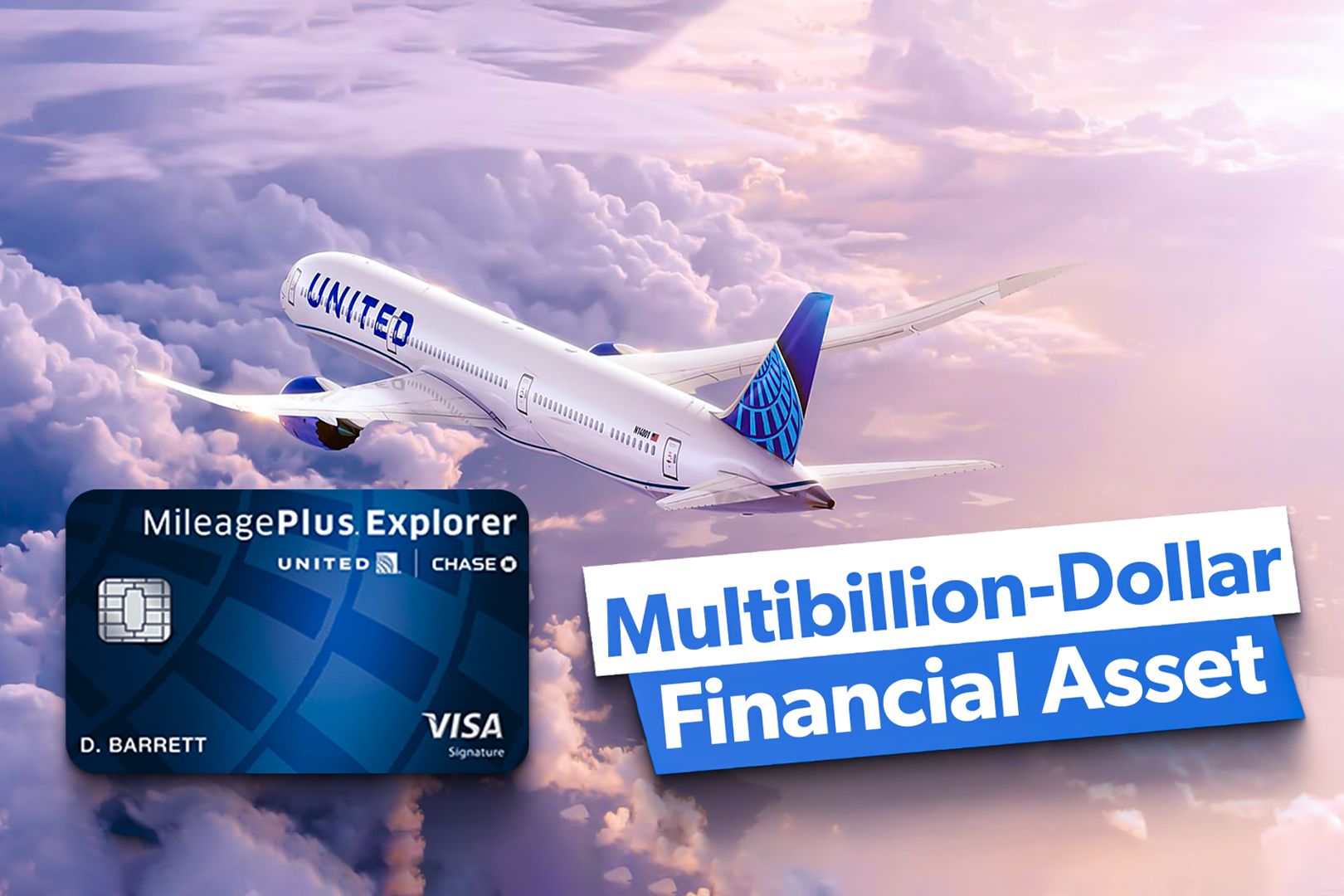
Related
How United Airlines Transformed A Loyalty Program Into A Multibillion-Dollar Financial Asset
Such moves have fundamentally changed the way airlines operate.
As a result, American Airlines was able to solidify its position in the market as a post-deregulation carrier, partially due to the power and popularity of its loyalty program. This shift in industry dynamics shifted power away from the government and onto the consumer, denoting the retention of customers as critical for airline profitability. According to Inside Flyer, all the following airlines launched loyalty programs in 1981:
- American Airlines
- United Airlines
- Trans World Airlines (TWA)
- Delta Air Lines
- Western Airlines
- Braniff Airlines
- Eastern Airlines
- Republic Airways
- Northwest Airlines
Developments over the years
According to Mile Cards, by 1988, airlines began offering triple miles on bookings with dozens of different partners. This led to a significant increase in the miles passengers needed for award redemptions. Furthermore, airlines like American began introducing expiration dates for their miles, which the program maintains today.
By 2005, the program had begun to innovate its product offering. For the first time, members could now earn miles through an online shopping platform the airline had introduced.
Photo: Markus Mainka | Shutterstock
By 2016, after the airline had finished integrating AAdvantage with US Airways Dividend Miles program, the carrier began to shift how it awarded miles. Now, passengers would be awarded miles based on the cost of their ticket, not as a function of how many miles they traveled. This also led the carrier to shift towards a dynamic redemption system for miles, charging more for higher-demand flights, dates, times, and cabin classes.
By 2022, American Airlines shifted how it awarded AAdvantage status. Formerly, passengers had to keep track of multiple different metrics, including all of the following:
- Elite Qualifying Miles (EQMs)
- Elite Qualifying Segments (EQSs)
- Elite Qualifying Dollars (EQDs)
Instead, the carrier replaced this complex system with just one category. Now, members would need to accrue a number of loyalty points to attain status, which could be easily done with an American Airlines cobranded credit card.
Today, the loyalty program’s reach is undeniably impressive. In addition to having more members than any other, AAdvantage plays a major role in the American consumer economy.
Photo: JetKat | Shutterstock
According to an analysis by Forbes, AAdvantage cobranded credit cards are crucial to Citibank and Barclays’s businesses. Roughly a quarter of all spending on credit cards offered by either of these banks is done via the AAdvantage program’s offerings. In addition, over 10% of all charges on Mastercards in the United States are made on the program’s credit cards, demonstrating an almost unbelievable level of market saturation.
Are you a member of the AAdvantage program? What are your thoughts on the program’s benefits? Let us know in the comments!


